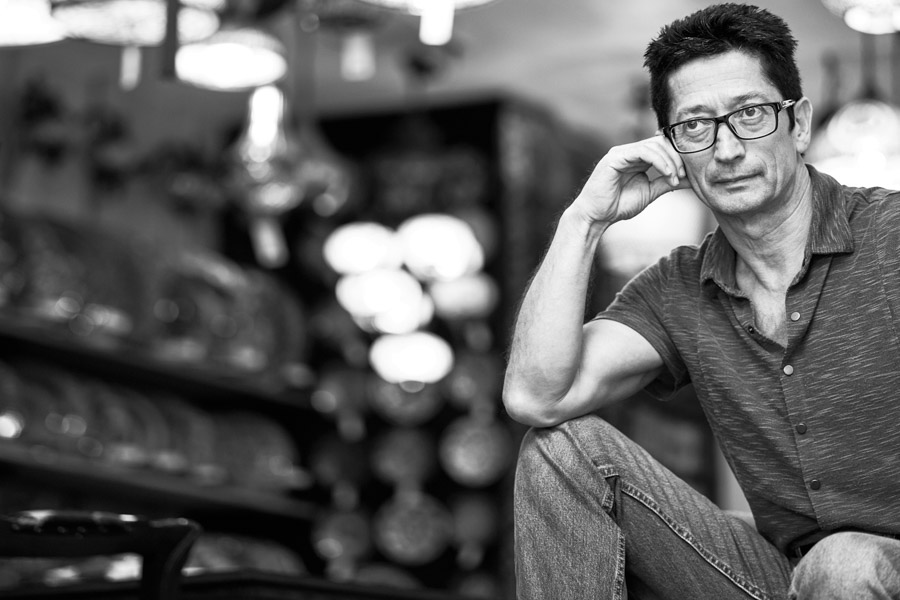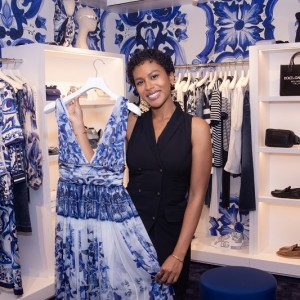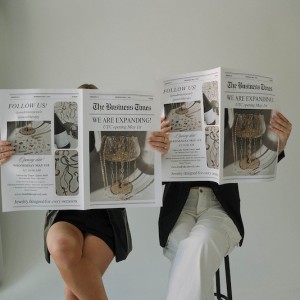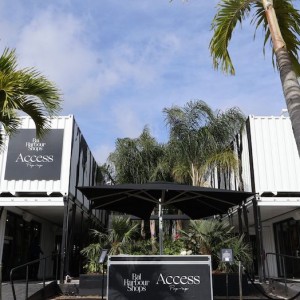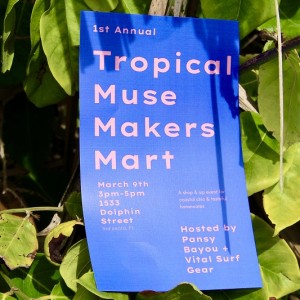This quintessential American Dream begins in Istanbul, where Muammer (Max) Önder learned the carpet business in the Grand Bazaar—one of the largest and oldest street markets in the world. Becoming a specialist in hand-spun wool and natural dyes, he quickly became a renowned industry expert, and made a name as a buyer for one of the largest companies in Turkey. With his star on the rise, Önder was approached by an American dealer who wanted to start production for his store in Philadelphia, and enlisted Önder to come manage. Taken on a magic carpet ride to America in ‘89, without a lick of English, his adventure began. Eventually opening his own store, Karavan Treasures From Turkey, Önder recently transitioned the business from Annapolis, MD to Sarasota. His explanation was quite simple. For one, he couldn’t stand another winter up north (nod in sentiment, transplants). More alluring however were his research results, which described Sarasota as “the cultural hub of the state, with the most open-minded people.” Önder was sold.
Highbrow pieces of richly historical and cultural Middle Eastern works of art have made the ultimate journey—tribal rugs and pillows, lanterns, artisan jewelry, embroidered shoes, satchel bags, ‘Evil Eye’ good luck charms, pashmina, antique relics and pottery now pervade the corner lot on Palm Ave. Especially eye-catching are the mosaic hanging lanterns—hand-layered of individual pieces of colored, cut glass on a thick globe, fitted with highly durable brass/copper foundations. The lavish lanterns, believed to give off positive energy and unique ambiance in a room, are never repeated—always varying distinctly in arrangement, color, shape and ornamentation. Equally everchanging are the designs and patterns of Kütahya plates/bowls, Önder explains, “They’re glazed and fired at high temperatures in a kiln for 18 hours, then cooled for up to a week.” No two plates are ever hand-wheeled or hand-painted the same—making each piece its own one-of-a-kind treasure. Many Turkish plates come from Iznik, but not Önder’s. “I don’t buy from there,” he says, “it’s more commercial. Kütahya is more hidden and local.”
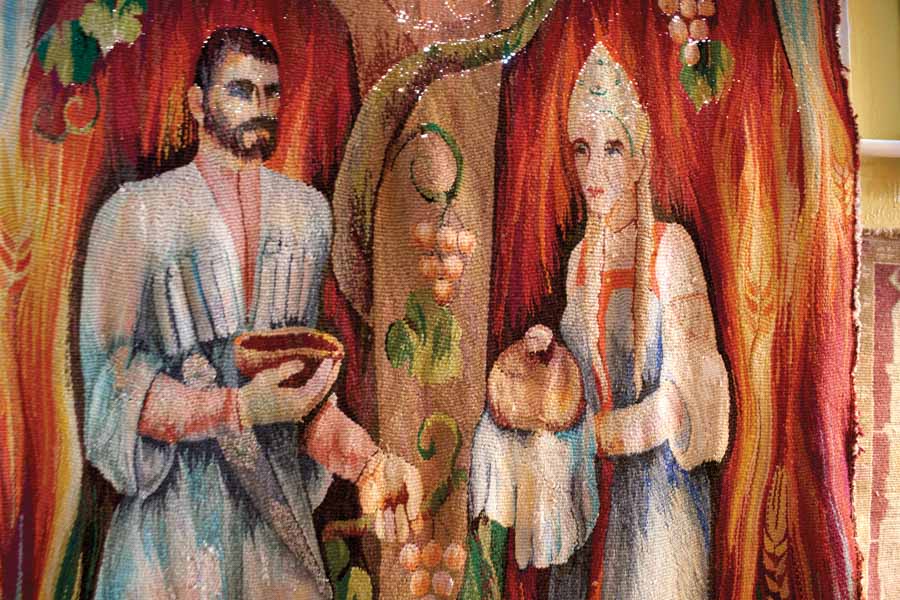
AN AUTHENTIC WOOL RUG FROM KARAVAN TREASURES. PHOTO BY WYATT KOSTYGAN.
Önder travels to Istanbul a handful of times throughout the year to personally search for inventory—foraging items from villages/markets that preserve the human touch, and are indicative of the communities they come from. He’ll wash and fumigate before carefully packing them in bubble wrap, and stowing in crates to be shipped in a giant container by cargo ship to Miami, where this expensive international shipping process also invites U.S. Customs x-ray examinations (a formality after 9/11). Önder then drives the distance to retrieve, and finally presents them with a price that seems unbelievably reasonable considering the literal and figurative lengths he goes to get these specialty pieces from across the world into Karavan. But it’s worth it to Önder.
“Department stores sell rugs of low-grade wool, mainly made in India or China,” Önder admits. “They copy anything that’s popular. The company who was making things for me almost went bankrupt because of the Chinese competition. But people began to understand the difference. Now, there is a comeback.” While knockoffs do closely imitate designs taken from oriental weavings, they lack life, luster, resistance and durability. “The lower costs of department store rugs reflect the low price paid to workers in large factories and the very low quality of materials,” explains Önder, who can immediately tell if an item is machine-made in a factory setting by workers who don’t feel a connection with the symbols. “Traditional motifs hold no meaning when duplicated,” he says, noting they come out too perfect, with no soul in their manipulation. “Part of the charm of my handmade goods, are the irregularities and flow, which give every piece a distinct differentiation. That only happens when people work in an environment where they are free to express themselves in the art form. That is exactly what we seek when buying for Karavan.”
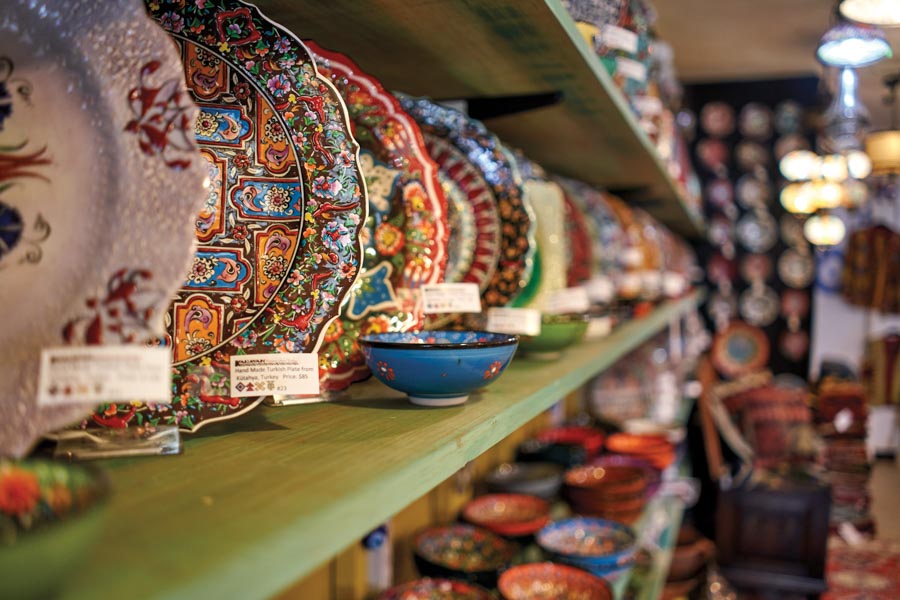
HANDCRAFTED CERAMIC PLATES. PHOTO BY WYATT KOSTYGAN.





